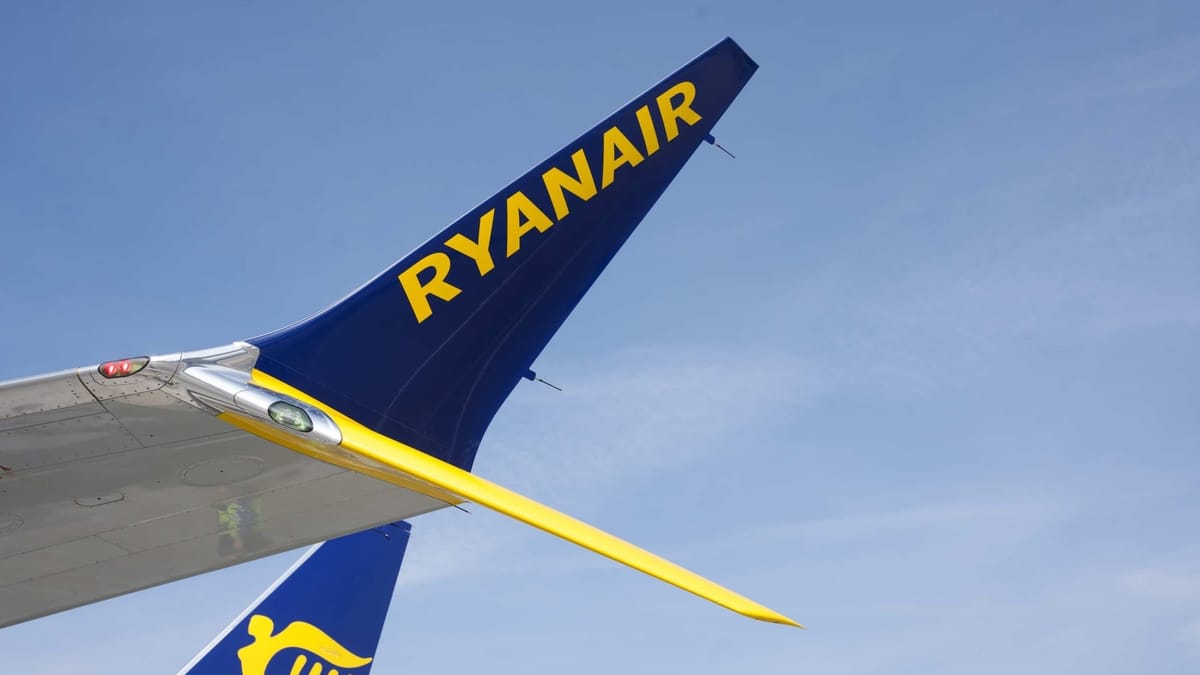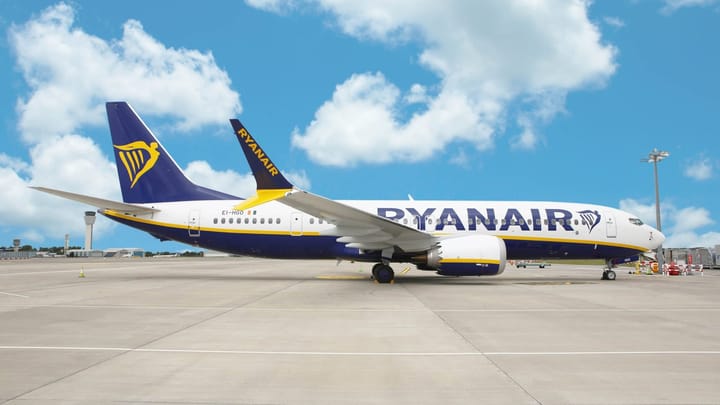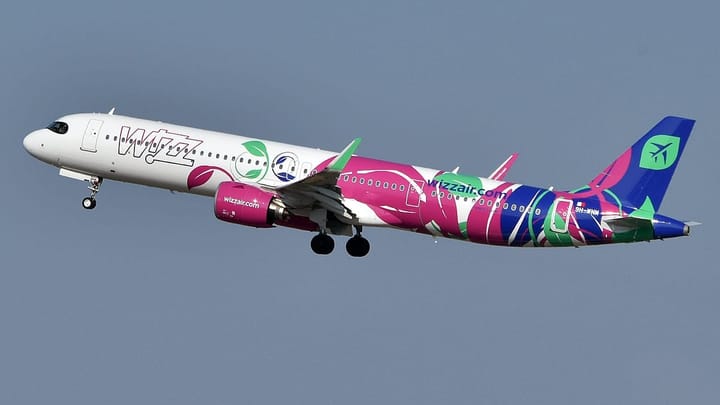Ryanair slams doors on Azores, claims high airport fees forced exit
In August, Ryanair operated six routes from two airports in the Azores.

Ryanair has announced that, due to rising costs at the airport and within the European Union (EU), it will end all flights from/to the Azores, an archipelago in the Atlantic Ocean, despite the fact that Portugal’s airport operator said that growing charges will not impact airports in the Azores.
In a statement on November 20, 2025, Ryanair announced that from March 29, 2026, which will coincide with the beginning of the summer 2026 season, it will end all flights from/to the Azores, an archipelago in the Atlantic Ocean and an autonomous region of Portugal.
According to the Irish low-cost carrier, the decision was made because of “high airport fees” and the Portuguese government’s “inaction that has increased ATC charges by +120% post covid and introduced a €2 [$2.31] travel tax, at a time when other EU States are abolishing travel taxes to secure scarce capacity growth.”
“Sadly, the ANA monopoly has no plan to grow low-fare connectivity to the Azores. The ANA monopoly faces no competition in Portugal – which has allowed it to extract monopoly profits, by raising Portuguese airport fees without penalty – at a time when competing EU airports are lowering fees to stimulate growth.”

What Ryanair was referring to was the decision by Aeroportos e Navegação Aérea (ANA), the company that operates 10 airports in Portugal, to amend its charges. ANA finalized the decision on October 31, which it had consulted with airport users and other stakeholders, and concluded that the new charges would raise costs by 1% throughout its 10 airports.
The new charges that come into effect on January 1, 2026, equivalent to an increase of €0.12 ($0.14), will not affect airports in the Azores or Madeira, another autonomous region of Portugal, which will stay flat in these regions.
Still, the low-cost carrier called for the Portuguese government to intervene and “ensure that its airports, which are a critical part of national infrastructure – especially in an island economy like the Azores – are used to benefit the Portuguese people, rather than benefitting a French airport monopoly.”
(ANA is part of Vinci Airports, a France-based airport operator group.)

In addition, Ryanair blasted the EU and its “anti-competitive enviro taxes,” saying that the EU Emissions Trading Scheme (ETS) “is levied on intra-European flights only, while more polluting long-haul flights to the US and Middle East are excluded.”
Rather than improving the EU’s competitiveness by reducing the costs associated with the ETS, “the EU has expanded ETS to cover remote regions like the Azores – while exempting non-EU competitors like Turkey and Morocco,” Ryanair continued.
According to data from the European Commission (EC), the average price of EU ETS allowances went up during the energy crisis that was caused by Russia’s illegal invasion of Ukraine to up to €80 ($92.32). In 2025, prices have fluctuated between €60 ($69.24) and €80.
“Future markets signal only slight ETS1 price increases by 2027: around €2 [$2.31] higher in December 2026 than in December 2025, and €4 [$4.62] higher in December 2027, with limited liquidity on the future market beyond 2026.”
Airlines have also been receiving free EU ETS allowances, which have been reduced by an annual rate of 2.2% since 2021.
Jason McGuinness, the Chief Operating Officer (COO) of Ryanair, affirmed that the airline’s exit from the Azores stems from Vinci Airport’s decision to impose “excessive airport charges across Portugal (which have risen by up to 35% since Covid) and the anti-competitive enviro taxes imposed by the EU […].”
“After 10 years of year-round Ryanair operations, one of Europe’s most remote regions will now lose direct low-fare flights to London, Brussels, Lisbon, and Porto due to ANA’s high airport fees and Portuguese Govt. inaction.”
According to Cirium’s Diio Mi, in November, Ryanair has scheduled flights out of only two airports in the Azores: John Paul II Ponta Delgada Airport (PDL) and Lajes Airport (TER), offering flights to Lisbon Airport (LIS) and Porto Airport (OPO) with a total of nine weekly departures.
In August, the Irish low-cost carrier’s network from the Azores was slightly more extensive, with flights to four destinations from PDL and the same pair of routes from TER. Ryanair had a total of 27 weekly departures from the two airports.

Cirium’s Diio Mi latest schedules showed that Ryanair’s remaining flights from PDL were to LIS during the summer 2026 season, with eight weekly departures on the route. That could still change if Ryanair truly exits the market.







Comments ()